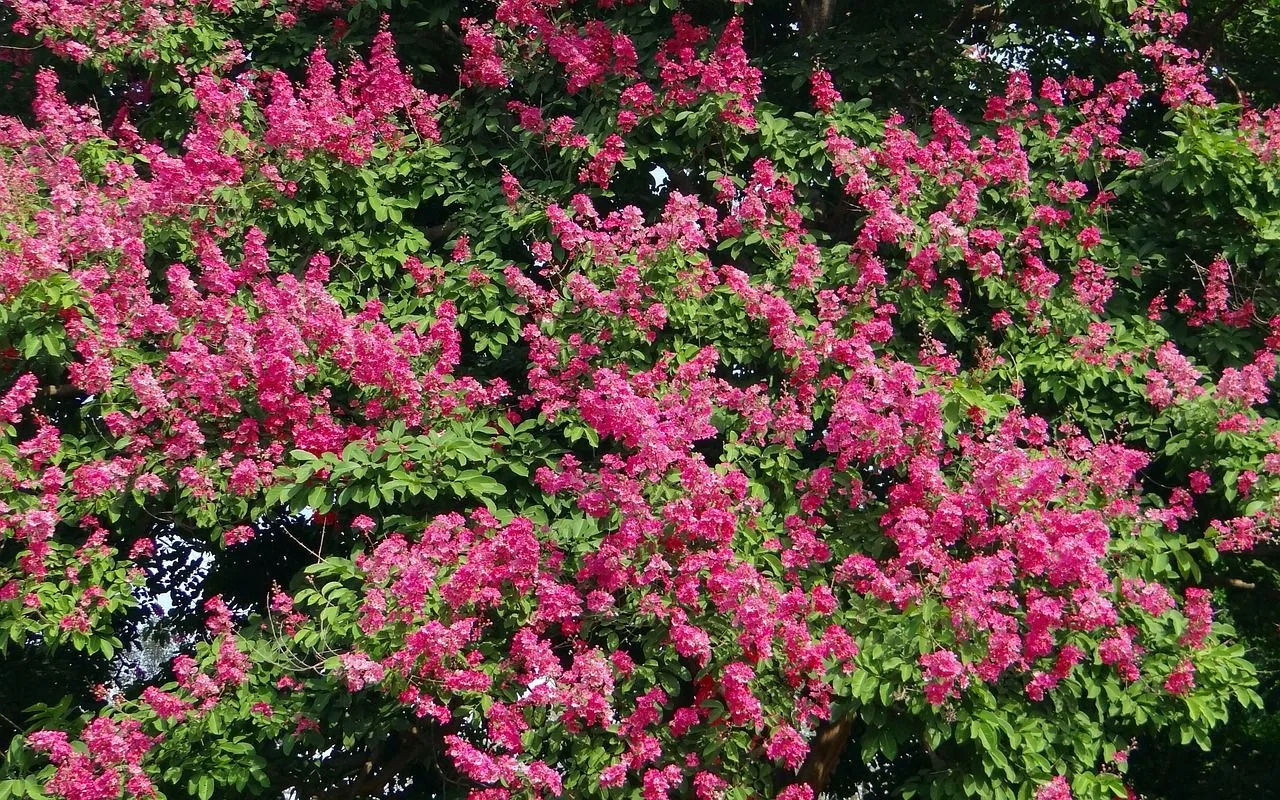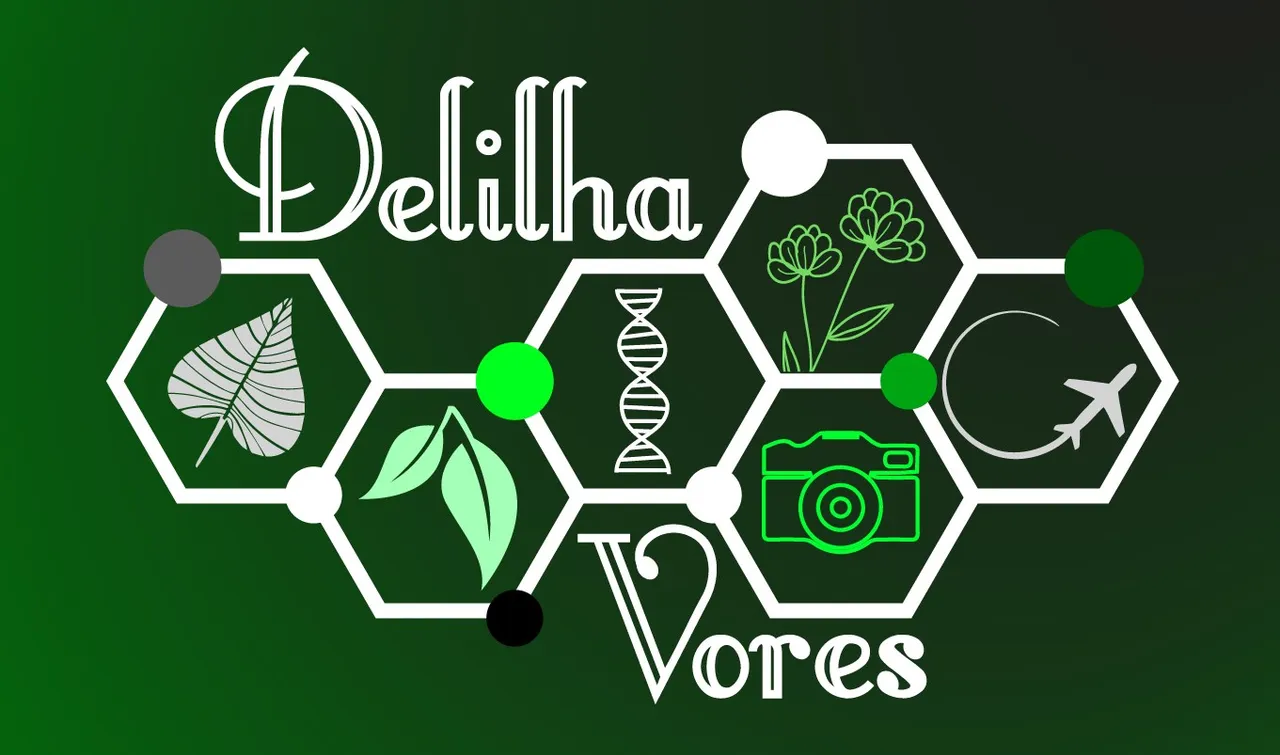Good morning dear Hivers,
My botanical studies continue and today I would like to bring you some concrete examples that explain the historical, social and cultural aspects of vegetation in the Mediterranean that we discussed in the last post.
Nowadays, industry has accustomed us to having a simplistic approach "single molecule for single biological function". For example, in the pharmaceutical field, active ingredients have been extracted from plant phytocomplexes to obtain the exact molecule that had the healing function. Or, in cosmetics, essential oils from leaves or flowers have been extracted to obtain the scented molecule to be used in preparations.
Buongiorno cari Hivers,
I miei studi botanici continuano e oggi vorrei portarvi alcuni esempi concreti che spiegano gli aspetti storici, sociali e culturali della vegetazione nel Mediterraneo che abbiamo affrontato nello scorso post.
Ai giorni nostri, l’industria ci ha abituati a avere un approccio semplicistico “singola molecola per singola funzione biologica”. Ad esempio, nel campo farmaceutico, si sono estratti i principi attivi a partire dai fitocomplessi vegetali per ricavare l’esatta molecola che avesse la funzione curativa. Oppure, in cosmetica si sono estratti gli oli essenziali delle foglie o dei fiori per ottenere la molecola profumata da utilizzare nelle preparazioni.


But nature does not think this way! In nature, in fact, what allows the complex plant system to function is the harmony between different molecules, which are present in the correct quantities for the biological function of the plant at that moment (keeping away parasites, stitching up wounds, reproducing, ...).
Yet, in our society things have not always worked this way. In the past, plants were used by man in their entirety because there were no sophisticated chemical techniques like today. Plants had multiple uses and were treated differently depending on the final purpose.
As an example, we can mention:
- The mastic tree (Pistacia lentiscus), one of the most common and characteristic species of the scrub, which can be exploited in the food, medicinal, veterinary, cosmetic, perfumery fields, for the production of building materials and fuel, for lighting, for the manufacture of handicrafts and soaps, for the dyeing and tanning industry, in the ornamental field;
Ma la natura non ragiona in questo modo! In natura, infatti, quello che permette di funzionare il complesso sistema vegetale è l’armonia tra diverse molecole, che sono presenti nelle quantità corrette per la funzione biologica della pianta di quel momento (allontanare i parassiti, cucire le ferite, riprodursi, …).
Eppure, nella nostra società le cose non hanno sempre funzionato in questo modo. In passato, le piante venivano utilizzate dall’uomo nella loro interezza perché non vi erano le sofisticate tecniche chimiche di oggi. Le piante avevano molteplici utilizzi e venivano trattate in maniera diversa a seconda dello scopo finale.
A titolo di esempio possiamo citare:
- Il lentisco (Pistacia lentiscus), una tra le più comuni e caratteristiche specie della macchia, che è sfruttabile in campo alimentare, medicinale, veterinario, cosmetico, profumiero, per la produzione di materiale da costruzione e di combustibile, per l'illuminazione, per la fabbricazione di oggetti d'artigianato e di saponi, per l’industria tintoria e conciaria, in campo ornamentale;


- Myrtle (Myrtus communis), a species with aromatic foliage, can be used in the medicinal field (e.g. as a balsamic), food (production of liqueurs, flavourings, animal fodder), industrial (extraction of tannin for the tanning and dyeing industry, of furfural for the chemical industry), artisanal (weaving work), cosmetics, ornamental (as a cut frond, potted plant and garden plant).
The exploitation of spontaneous flora was already widely developed in pre-Roman times: the ancient nuragic people of Sardinia used the plants of the scrub for food purposes (oleaster, Arbutus unedo, Pistacia lentiscus), medicine and veterinary purposes (Rosmarinus officinalis, Artemisia arborescens), beekeeping (Rosmarinus officinalis, Lavandula stoechas), craft purposes (Phillyrea latifolia, oleaster), dyeing (Rhamnus alaternus, Daphne gnidium), for heating (almost all species), to build impenetrable hedges (Calycotome spp.).
Uses that are still found today!
- Il mirto (Myrtus communis), specie a fogliame aromatico, è utilizzabile in campo medicinale (es. come balsamico), alimentare (produzione di liquori, aromatizzanti, foraggio per gli animali), industriale (estrazione del tannino per l'industria conciaria e tintoria, del furfurolo per l’industria chimica), artigianale (lavori d'intreccio), cosmetici, ornamentali (come fronda recisa, pianta in vaso e da giardino).
Lo sfruttamento della flora spontanea era già sviluppato largamente in epoca preromana: gli antichi nuragici della Sardegna usavano infatti le piante della macchia per scopo alimentare (oleastro, Arbutus unedo, Pistacia lentiscus), medicinale e veterinario (Rosmarinus officinalis, Artemisia arborescens), apicolo (Rosmarinus officinalis, Lavandula stoechas), artigianale (Phillyrea latifolia, oleastro), tintorio (Rhamnus alaternus, Daphne gnidium), per riscaldamento (quasi tutte le specie), per costiuire siepi impenetrabili (Calycotome spp.).
Usi che si riscontrano ancora oggi!


Personally, I find this information to be very interesting and important to understand the history where we come from. I hope you enjoyed this scientific and informative post, thanks for stopping by!
See you next time,
Delilha
Personalmente, trovo che queste informazioni siano decisamente interessanti e che siano importanti per capire la storia da dove proveniamo. Spero che vi sia piaciuto questo post di stampo scientifico e informativo, grazie per essere passati!
Alla prossima,
Delilha

Sources - Fonti:
https://pubmed.ncbi.nlm.nih.gov/
https://www.simegarden.com/blogs/notizie/piante-antiche-di-roma-un-viaggio-nella-storia-botanica-della-citta
https://www.gardenia.net/





